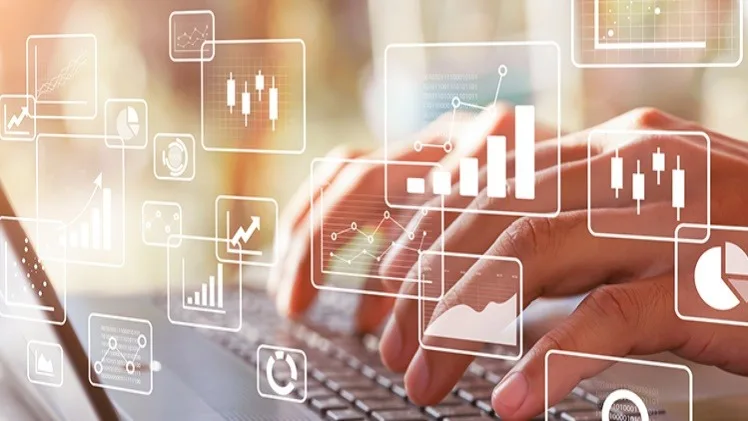In the present-day data-driven world, businesses are continually seeking methods to extract valuable insights and make informed decisions. Machine learning has emerged as a powerful tool in this pursuit, enabling organizations to analyze substantial amounts of data and uncover patterns and trends. However, with a multitude of machine learning services available, it can be difficult to determine which one is appropriate for your business.
Data Science UA is a provider of machine learning services that offers solutions for businesses in various industries. They utilize their expertise and technology to assist clients in effectively utilizing their data and promoting growth and innovation.
In this article, we will provide an overview of machine learning services by Data Science UA and how they can benefit your business. From predictive analytics to natural language processing, their team of experienced data scientists and engineers are dedicated to delivering tailored solutions that drive results. Whether you’re looking to improve customer segmentation, optimize pricing strategies, or enhance fraud detection, Data Science UA has the expertise and tools to help you succeed.
Machine learning is a sought-after skill in today’s technological landscape. It powers innovations like self-driving cars and personalized recommendations. If you enjoy data analysis and problem-solving, machine learning might be a good fit for you. Let’s explore the basics of machine learning and how you can get started in this field.
Machine learning is a branch of artificial intelligence that concentrates on enabling computers to learn and make predictions or decisions without explicit programming. It involves the development of algorithms and models that enable computers to analyze and interpret data, recognize patterns, and generate data-driven predictions or decisions.
Types of Machine Learning
There are three main types of machine learning: supervised learning, unsupervised learning, and reinforcement learning.
- Supervised Learning: In supervised learning, the algorithm learns from labeled data, where each data point has a corresponding desired output. The model then uses this labeled data to make predictions or classify new, unseen data.
- Unsupervised Learning: Unsupervised learning involves training the algorithm on unlabeled data, where the model must find patterns or relationships within the data without any prior knowledge. This type of learning is often used for clustering and dimensionality reduction tasks.
- Reinforcement Learning: Reinforcement learning focuses on training an algorithm to make decisions by interacting with an environment. The model receives feedback in the form of rewards or punishments, and through trial and error, it learns to maximize rewards and minimize penalties.
Potential for AI to revolutionize the entire manufacturing industry
The manufacturing industry https://data-science-ua.com/industries/ai-in-manufacturing/ has seen significant advancements over the years, but could artificial intelligence (AI) take it to a whole new level? With the potential to revolutionize the entire manufacturing industry, AI is poised to reshape the way products are made, improving efficiency, productivity, and quality.
AI has already made its mark in various industries, from healthcare to finance, but its impact on manufacturing is just beginning to be realized. With the ability to analyze vast amounts of data, identify patterns, and make autonomous decisions, AI has the potential to transform the manufacturing process from start to finish.
Manufacturers are constantly seeking ways to optimize their operations, reduce costs, and deliver high-quality products to meet consumer demands. AI presents an opportunity to achieve these goals and more. By harnessing the power of AI, manufacturers can streamline production, enhance predictive maintenance, and even create intelligent supply chains. This article will explore the potential of AI in revolutionizing the entire manufacturing industry and the benefits it can bring to both manufacturers and consumers alike.



